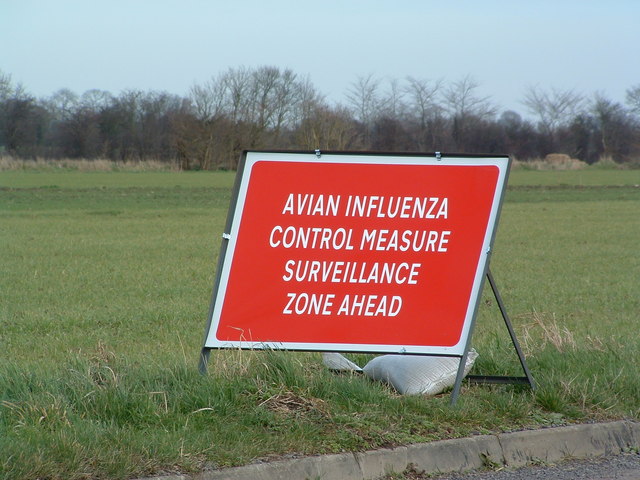Avian influenza, a subtype of influenza A, which is commonly known as bird flu, has increasingly become a focus of global health discussions due to its growing presence and potential to affect human populations. This disease, caused by influenza A viruses, primarily impacts birds, especially domestic poultry and migratory waterfowl such as ducks and geese. However, the possibility of the virus adapting to infect humans has raised alarms about its potential to trigger a global health crisis.
“Influenza is one of the most unpredictable diseases,” said Alexandra Lord from CNN Health, especially when a virus experiences slight genetic changes in a process referred to as antigenic drift. Even though these mutations are minimal, over time they can amass, making it harder for the immune system to detect and combat the virus effectively. Occasionally, the virus even undergoes a significant antigenic drift, which “significantly reduces immunity among humans and increases the likelihood of widespread outbreaks.” This unpredictability is what makes bird flu such a pressing concern.
According to Science Direct, “the transmission of HPAIV strains such as H5N1, H5N8, and H7N9 has presented substantial threats to public health,” causing widespread outbreaks in bird populations across the globe. These outbreaks have had devastating consequences for the poultry industry as infected birds can suffer from severe symptoms, including respiratory distress and high mortality rates.
To contain these outbreaks, authorities often resort to culling infected flocks, resulting in significant economic losses that amount to billions of dollars annually. Wild birds, who tend to act as reservoirs, contribute vastly to the spread of the virus, particularly through migratory patterns that traverse continents, which complicates efforts to manage the spread of the disease.
The primary concern, however, lies in the virus’s developing capacity to infect humans and other mammals. While instances of human infection remain rare, they are often severe and sometimes fatal. For example, the H5N1 strain has a mortality rate of over 50% among reported human cases. Transmission to humans generally occurs through direct contact with infected birds or contaminated environments, but the risk escalates if the virus mutates to allow efficient human-to-human transmission. Such a development could lead to a pandemic on the scale of the 1918 Spanish flu, another scion of influenza A, which caused millions of deaths worldwide.
Reports of bird flu infecting domestic animals, particularly cats, add to the complexity as “more than 80 domestic cats, among many other types of mammals, have been confirmed to have had bird flu since 2022,” says Sarah Borden from ABC News. Cats can contract avian influenza by consuming infected birds or through contaminated environments. Infection has since even spread to cattle since early 2024. According to The Washington Post, “The discovery of this version, called D1.1 has raised concerns among experts that dairy cows may be more susceptible to the H5N1 virus, thereby increasing the risk of cow-to-human spread, especially for farmworkers and others in close contact with the animals.” While the CDC has issued a warning of exposure, it mainly pertains to people with occupational and recreational activities concerning livestock. The warning was a result of an infected dairy worker in Nevada—the first reported case of human infection in the state. While the worker is only one out of 68 cases, including one death associated, the majority of infectees contracted the virus through cattle. The potential for these animals to act as intermediaries in transmitting the virus to humans just adds another dimension to the spread of bird flu.
Currently, the CDC advises to avoid contact with sick or dead birds and animals and wear personal protection equipment if needed, as they may carry avian influenza. Furthermore, avoiding contaminated surfaces, animal waste, and raw milk from suspected cases are precautions to be taken seriously as well. For suspected H5N1 infections, the CDC advises early antiviral treatment. If symptoms appear after exposure, seek testing and treatment. Flu antivirals may also prevent illness after unprotected exposure. While the seasonal flu vaccine doesn’t protect against H5N1, those at risk should get vaccinated to reduce flu severity and the rare chance of coinfection.









